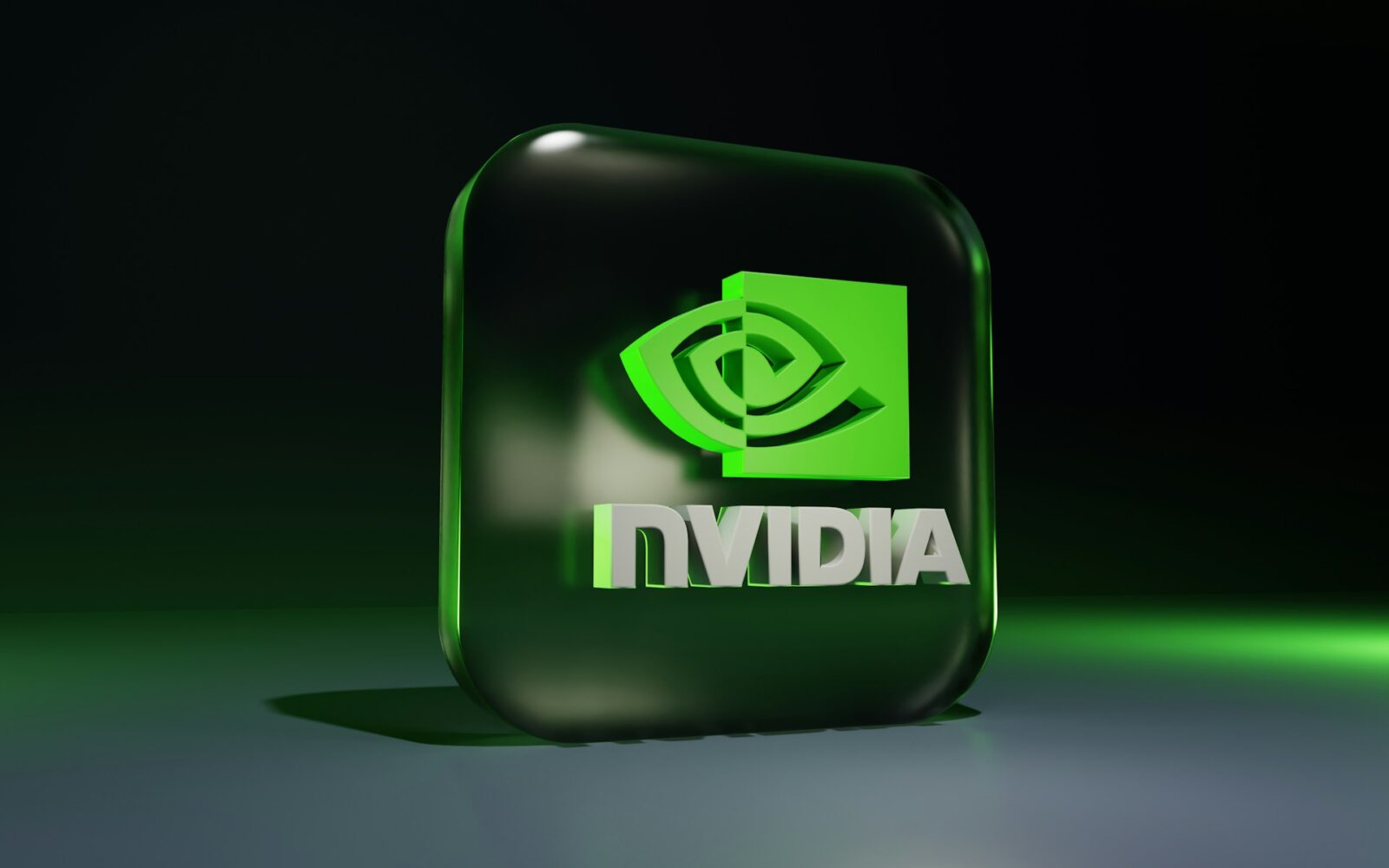Nvidia’s Deal Frenzy Is Reshaping the AI Landscape — But Investors Are Asking Tougher Questions
Nvidia has been the undisputed force behind the AI revolution, powering everything from large language models to next-generation cloud infrastructure. Its GPUs now sit at the heart of artificial intelligence development, and the company’s market value has soared as AI adoption accelerates across every major industry. Yet behind this monumental rise, Nvidia has been engaging in an aggressive investment campaign — pouring billions into AI startups and cloud partners to strengthen its ecosystem.
This year alone, Nvidia has invested nearly $24 billion across 59 deals, building relationships with players that rely heavily on its chips. But these aggressive moves have caught Wall Street’s attention for a new reason: analysts are increasingly questioning the “circular nature” of Nvidia investing in companies that, in turn, spend large sums buying Nvidia’s hardware. While many see this as strategic ecosystem building, others worry the system may inflate demand or distort the true market picture.
As Nvidia ramps into another quarter of expected blockbuster earnings, the debate over its investment strategy is heating up. Below is a complete breakdown of Nvidia’s latest deals, why analysts see risks, and whether these circular partnerships could reshape how the AI market grows.
Nvidia’s AI Deal Frenzy: A Look at the Record $24 Billion Spending Surge
According to PitchBook data, Nvidia invested $23.7 billion into AI-related companies from the start of 2025 through mid-November — a blistering pace that exceeds its full-year 2024 total.
Nvidia’s Deal Activity at a Glance
- 2025 (YTD):
- 59 deals
- $23.7 billion invested
- 2024 (full year):
- 54 deals
- $22.8 billion invested
- 2020–2025 total:
- 170 investments
- Roughly $53 billion
The scale of these investments places Nvidia among the most active corporate investors in the world — especially in AI, where it has now built deep relationships across the entire ecosystem.
Where Nvidia Is Investing
Nvidia’s investment footprint spans the full AI stack:
- Major model developers
- OpenAI
- Anthropic
- Cohere
- Specialized AI cloud providers (“neoclouds”)
- Lambda
- CoreWeave
- Infrastructure and data center partners
- Companies that compete with Microsoft, Amazon, and Google for AI cloud business
This approach gives Nvidia not only strategic insight but also significant influence over the companies that rely most heavily on its compute technology.
Inside Nvidia’s Latest Deal: A Massive Partnership With Microsoft and Anthropic
Nvidia’s latest announcement showcases just how large its investments have become.
The Key Details
- Nvidia and Microsoft jointly committed up to $10B and $5B, respectively, to Anthropic
- Anthropic, in turn, will spend $30B buying compute from Microsoft Azure
- Nvidia and Anthropic will collaborate on hardware engineering and AI system design
This triangular partnership touches nearly every part of the AI supply chain:
- Nvidia provides hardware
- Microsoft provides cloud capacity
- Anthropic builds frontier AI models that require both
The move follows two other massive Nvidia investments:
- $6.6 billion invested into OpenAI in October
- $6 billion invested into Elon Musk’s xAI in November
And perhaps most eye-catching:
Nvidia committed up to $100 billion toward OpenAI in a September deal that sent NVDA stock soaring.
This enormous scale is precisely why some analysts are beginning to question the structures behind these partnerships.
Why Wall Street Is Raising Concerns About “Circular” AI Deals
Despite the strategic logic behind ecosystem investing, Nvidia’s latest agreements have raised eyebrows due to the unusual feedback loop created.
The Circular Deal Structure in Question
- Nvidia invests billions into an AI startup
- The startup then spends billions buying Nvidia GPUs
- Nvidia books record revenues from GPU purchases
- Nvidia’s valuation rises
- Nvidia increases its ability to reinvest
- The cycle repeats
Several analysts argue this partially “manufactures” demand or obscures whether AI customers are buying GPUs based on genuine market need or because investment money is flowing back toward Nvidia.
What Analysts Are Saying
Seaport’s Jay Goldberg, who holds a rare Sell rating on Nvidia, called the deals:
“Very murky.”
He questions how much of Nvidia’s spending is:
- True long-term investment
- Versus subsidizing customer purchases
- Versus artificially boosting demand metrics
Goldberg notes that Nvidia’s investment in OpenAI is especially unclear:
“To what degree is Nvidia investing versus buying demand or subsidizing demand for its chips?”
Nvidia declined to comment.
Jensen Huang’s Defense: “Who Doesn’t Want to Invest in the Next Multitrillion-Dollar Hyperscaler?”
When pressed about the criticism, Nvidia CEO Jensen Huang pushed back, arguing that the company invests because the AI industry is creating extraordinary new value.
On the Bg2 podcast, he explained:
“OpenAI is likely going to be the next multitrillion-dollar hyperscale company, and who doesn’t want to be an investor in that?”
Huang also emphasized:
- Nvidia’s investments are separate from its revenue streams
- The company has been early to spot AI winners
- Nvidia’s portfolio includes successful bets like CoreWeave and xAI
He even joked that his only regret was not investing sooner in companies like OpenAI when the opportunity was smaller.
Not Everyone Is Skeptical — Some Analysts See Nvidia’s Strategy as Genius
While critics worry about circular demand, others argue that Nvidia is doing exactly what it should be doing in an emerging, capital-intensive industry.
Bernstein analyst Stacy Rasgon made this point clearly:
“There’s no better use of Nvidia’s cash right now.”
His argument:
- Nvidia is accelerating the growth of the AI ecosystem
- These startups are the biggest buyers of Nvidia hardware
- Supporting them fuels long-term demand
- Nvidia solidifies its dominance over all AI compute layers
This “ecosystem-building strategy” mirrors the playbook used by companies like:
- Amazon (AWS investments in cloud-native startups)
- Google (investments to drive Android adoption)
- Meta (funding VR and computing standards)
In emerging markets, companies often seed demand to accelerate industry maturity.
Is Nvidia Creating a Bubble—or Fueling the Next Technological Epoch?
This is the core question driving debate.
The Bearish View
Critics argue:
- AI valuations are inflated
- Nvidia’s deals create artificial demand
- Tech stocks are in bubble-like territory
- The market is vulnerable to a correction
- Demand may soften once hype cools
Recent selloffs in tech stocks reflect these fears.
The Bullish View
Supporters argue:
- Nvidia is accelerating a once-in-a-generation technological shift
- Power-hungry AI models need enormous compute
- AI cloud providers are growing faster than traditional cloud
- The generative AI boom is still in its early innings
- Nvidia is strategically placing bets across future trillion-dollar markets
Many see Nvidia’s deals as timely investments, not circular demand engineering.
Nvidia’s AI Investment Wave Is Redefining the Industry — But Investors Must Navigate the Grey Areas
Nvidia’s aggressive dealmaking has transformed it from a chip manufacturer into a central architect of the global AI ecosystem. Its investments in companies like OpenAI, Anthropic, and xAI reflect both a strategic moat and a belief that AI will continue reshaping global industries for decades to come.
Yet the structure of these deals — where Nvidia invests billions in companies that then turn around and spend heavily on Nvidia’s GPUs — raises important questions about transparency, sustainability, and long-term market dynamics. Some analysts worry about inflated demand, while others see one of the most powerful ecosystem-building strategies in tech history.
Here’s the bottom line:
- Nvidia’s dominance in AI remains unchallenged
- Its investment strategy could produce enormous long-term upside
- But investors must remain aware of the risks tied to “circular” spending and bubble-like enthusiasm
Nvidia reports earnings soon, and Wall Street will be watching closely. Whether the company can continue delivering record-breaking quarters will determine if these investments are strategic brilliance — or a signal that the AI market is entering its most speculative phase yet.






